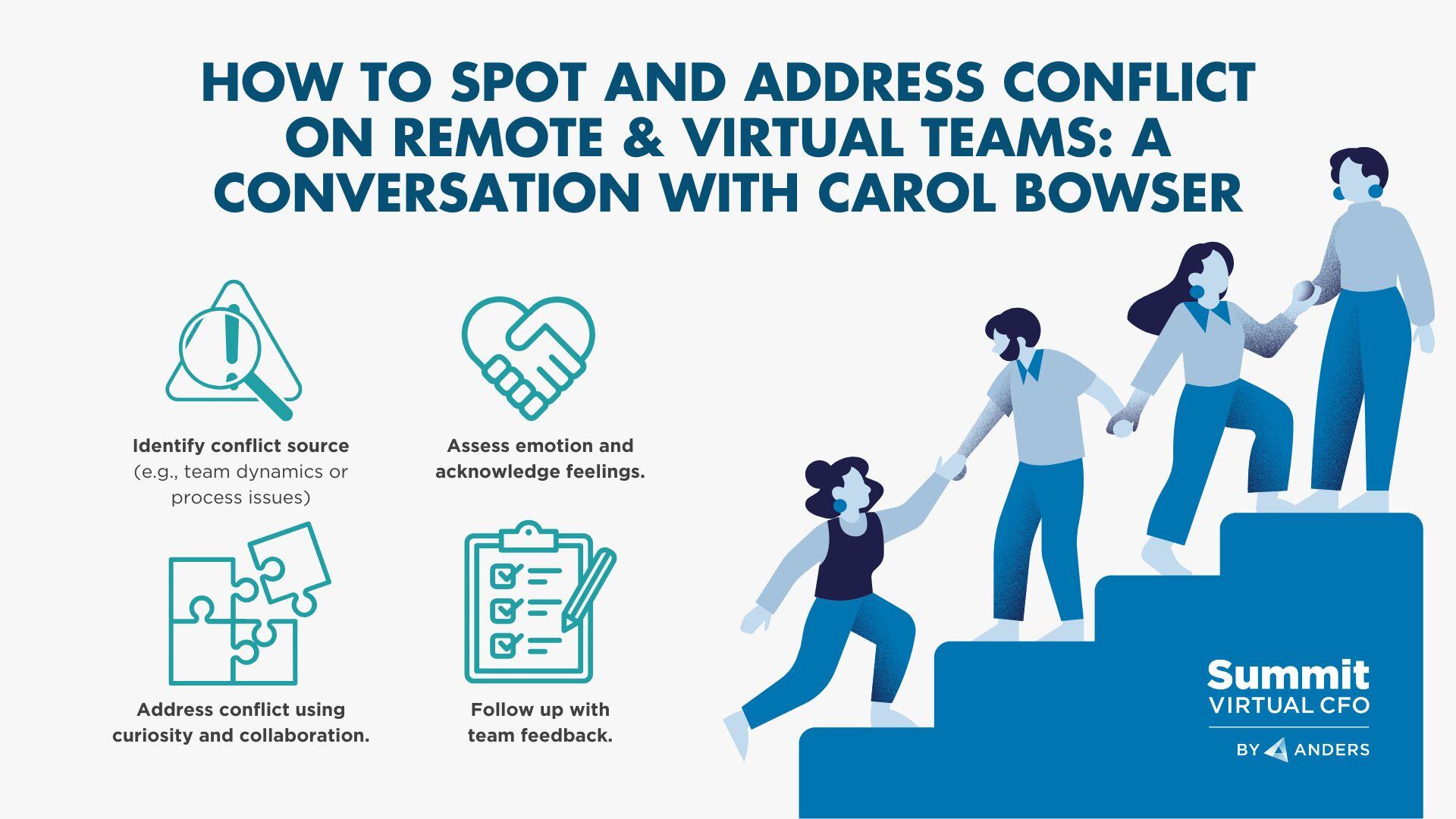
In an ever-changing world, a person needs to learn how to adapt to their work environment to become successful. The one thing that never changes is the communication among your colleagues and clientele. When addressing the topic of communication in a virtual work environment, it is important to realize that a virtual employee must exhibit a certain understanding of netiquette. Netiquette is a combination of “net” and “etiquette”. When practiced in the virtual world, netiquette is a form of communication that exudes respect and normal social practices.
When working from home, it is very easy to feel disconnected from a typical office setting. Netiquette allows you the opportunity to connect with employees and clients by creating a connection based on the foundation of respect. When practicing proper netiquette, both the virtual employee and client exercise a sense of mutual respect that is equivalent to what they would practice in a non-virtual setting.
Netiquette is the equivalent of standard social practices that one would use in everyday life. It is the same as saying “please” and “thank you” and showing the same respect to a person that you would want to be shown to you. Using proper manners, such as addressing a client or colleague as “sir” or “ma’am,” is also an effective way of communicating and showing respect. When communicating virtually, words can sometimes be misinterpreted. It is, therefore, important to use proper netiquette to show sincerity and respect.
Top Ten Rules of Netiquette
1. Stay on target. Be direct when having a conversation with a colleague or client. This should include clearly defining your goals and objectives.
2. Speak without conflict. Avoid language that could be perceived as confrontational or sarcastic in nature. While playful banter is a great way to get to know someone, it is not something that should be exhibited in a virtual office. A misunderstanding can be easily misconstrued and can lead to conflicts.
3. Communicate in a timely manner. When responding to a client or colleague be conscious of time between responses. When a lapse occurs, expectations may not be met, and this may leave the client or colleague feeling ignored. It can also make a working relationship strained and more difficult.
4. Keep to the point. Stay on topic with colleagues and clients in conversations and meetings. Straying from the task at hand can lead to a dysfunctional and under-performing working relationship.
5. Text matters. Using inappropriate grammar and capitalization can set an unintended tone when communicating through text. Overuse of capitalization throughout a text can come across as abrasive. It is important to proof text prior to exchanging.
6. Acknowledge contributions. Be generous with positive feedback to clients and coworkers. This will create trust in the virtual setting and help to develop a more productive environment.
7. Check for understanding. Make time to stop and confirm that all ideas and concepts you are communicating are being grasped. When one does not comprehend, ask which ideas or concepts were missed and try to approach them differently.
8. Be a good listener. Not only is it important to listen for information being exchanged between yourself and a client or colleague, but it is also important to listen for voice inflection or hesitations. Being able to listen and identify these clues is key in developing a clearer bridge of communication.
9. Pay attention. Be sure to give your undivided attention to all parties during conversations and meetings. This ensures a better use of time and makes it less likely that you will miss key details presented.
10. Consensus before conclusion. At the end of a conversation, all parties should agree on what progress was made and set a timeline for any additional tasks. It is important to review objectives to ensure that they are all completed.
While netiquette has many components, it is always best to use common sense and good judgment. The rules of netiquette do not differentiate between virtual interactions and real life. If ever unsure of how to approach a situation, consider how you would expect or want someone to associate with you.
What is your best netiquette tip?
.png?width=120&height=77&name=Summit-Virtual-CFO_color_rgb%20(1).png)












